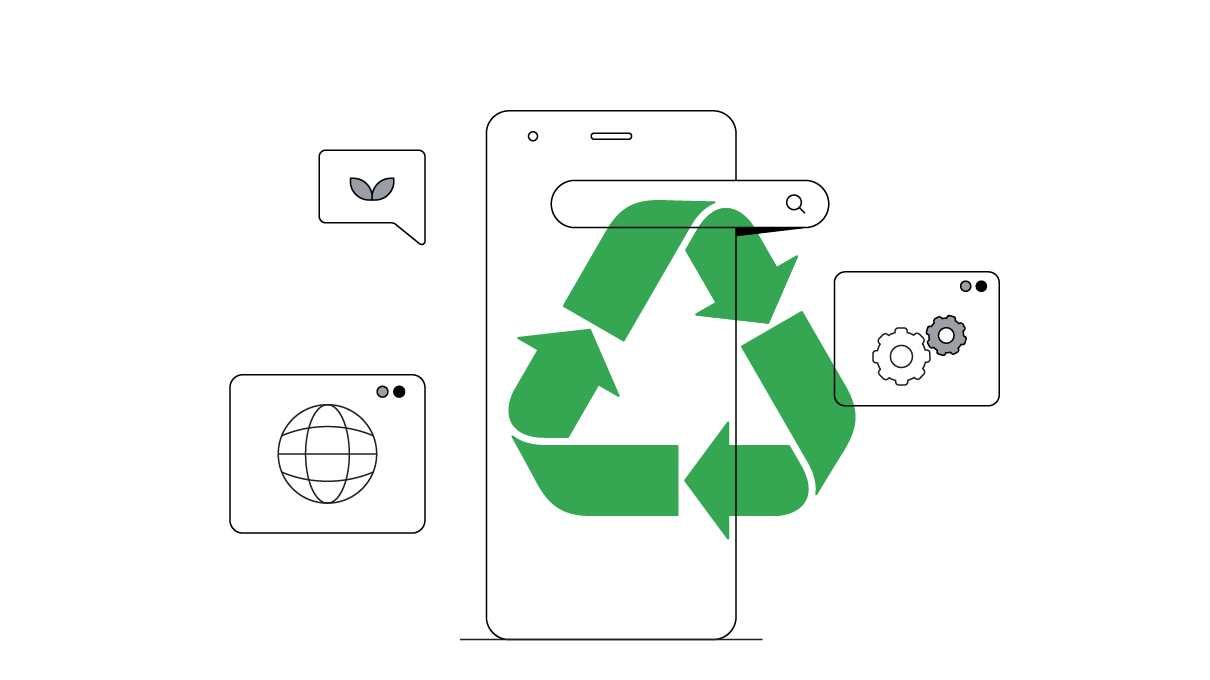People are spending more and more time online to connect, work, and shop — a development that has only accelerated during the COVID-19 pandemic. Though this has presented a number of challenges, one way many companies have been able to match demand is through the use of first-party data.
For optimal results, businesses need to be able to collate and integrate their data sources, and link them to their marketing activities. This can be achieved by creating a fair and transparent value exchange, ensuring strict adherence to local data regulations, and developing innovative data collection methods.
I recently spoke with Sir Martin Sorrell, executive chairman of S4 Capital, and Pete Kim, CEO of media consultancy MightyHive, about first-party data to understand why they consider it to be critical, and what they think is needed to uncover its full potential.

Why is first-party data so important for brands and marketers?
Sorrell: ”Since 2008, economic growth has been harder to find. We entered an era of needing to be efficient, and getting rid of cost. Then, in 2016, companies were suddenly no longer able to access consumer information to the extent they had thought, and first-party data became absolutely critical.”
“Today, brands are getting into retail, starting new companies, or implementing other forms of change; not merely to compete with someone else, but to collect information about their customers. This first-party data is driving the creation of digital advertising content being pumped out programmatically. You must have it, synthesise it, and control it.”
First-party data is one aspect of driving digital maturity. But what are the key steps an organisation has to take to go through a digital transformation?
Kim: ”We need to talk about the underlying reasons why digital marketing transformation is necessary: changing relationships and expectations due to shifting media experiences. People read, listen, and experience anything on screen, and get their advertising right next to their content, so they expect more from it. That’s why advertising must fundamentally change.”
“First-party data brings us three things, starting with personalisation, or the ability to say something meaningful. Then there’s attribution; the ability to finally connect return on investment (ROI) to advertising. You need to know two things for this: who bought what, and who saw which ad. Only when you have those data sets can you start measuring if this is working or not. And lastly, there is agility. You must be able to react quickly.”
How do you achieve this?
Kim: “Get your data in line. Do the hard work. It’s not sexy, it’s not glamorous, but it’s absolutely necessary. Make an inventory of every data set that is out there, and make sure they are connected to each other. To keep up with a customer who expects more, companies need to transform. Those who understand know this opportunity is not about being efficient on a cost basis, but about fundamental transformation which is going to lay the groundwork for decades of success.”
Finally, what do you see as being key to utilising first-party data?
Sorrell: “Some companies are establishing a bricks-and-clicks model, which helps them collect data through their stores as well as online. You also see traditional offline companies buy online ones. They don’t do that to compete with their traditional rivals, but to get first-party data. Brands must collate then synthesise the data. Control of that data is the critical battleground we’re going through.”
What’s clear from Sorrell and Kim is that first-party data is key to success. But in order for brands to drive real digital transformation, they must use first-party data to increase personalisation, connect ROI to advertising, and move quickly on the insights unlocked by the data.







